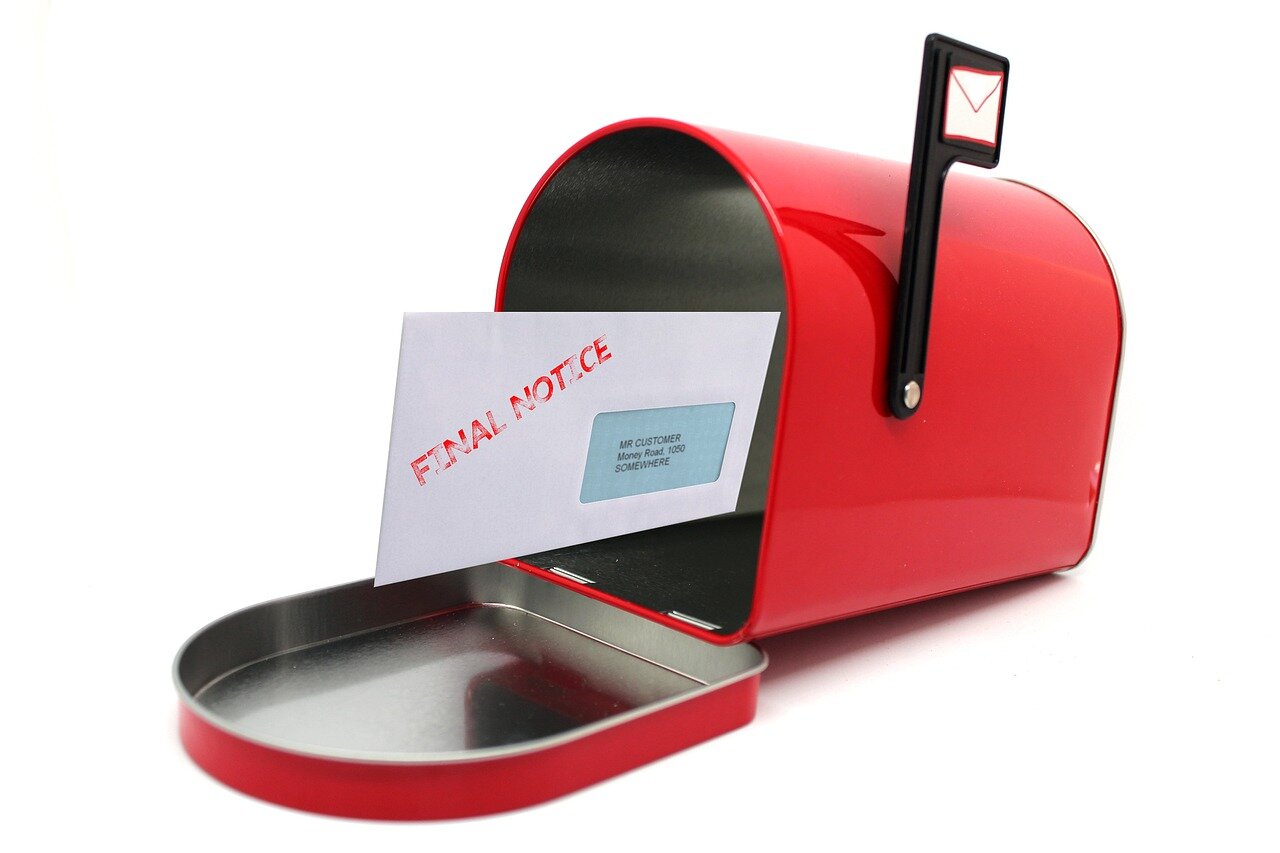At the beginning of May, the Administrative Office of the U.S. Courts announced that new bankruptcy filings decreased by 1.1 percent for the 12-month period ending March 31, 2020 as compared with last year. This decline in the number of new bankruptcy petitions is following a downward trend established in the period after the Great Recession when there were almost 1.6 million filings in the year ending September 2010. Unfortunately, that trend might be over, thanks to the coronavirus pandemic that has crippled the economy not only in the United States but also worldwide. The pandemic has affected all business sectors from local bars and restaurants to retail shops to local governments. Already, several major retailers have filed for bankruptcy including Stage Stores, Neiman Marcus, JC Penney, and Pier 1. Restaurant chains like Garden Fresh Restaurants and Steak ‘n Shake have opted to shut operations completely or close a number of their stores. Even car rental giant, Hertz, has recently filed for bankruptcy protection. Sadly, there are also a large number of small businesses have made the difficult decision and quietly closed their doors permanently.
Of course, not all bankruptcies result in the business shuttering its doors for good. Some companies use bankruptcy as a means to turn their business around by reorganizing or restructuring their finances to continue operating rather than liquidating all of their assets. The different types of bankruptcy cases can be found in Bankruptcy Code, codified in Title 11 of the United States Code. The Code provides for six main types: Chapter 7 (“Liquidation”), Chapter 9 (“Adjustment of Debts of a Municipality”), Chapter 11 (“Reorganization”), Chapter 12 (“Adjustment of Debts of a Family Farmer or Fisherman With Regular Annual Income”), Chapter 13 (“Adjustment of Debts of an Individual With Regular Income”), and Chapter 15 (“Ancillary and Other Cross-Border Cases”). Although individuals are able to file for bankruptcy on their own without the assistance of an attorney, they need to keep in mind that bankruptcy is a complicated and complex process. Nevertheless, there are plenty of good resources available that can help the self-represented litigant through the bankruptcy. Note that these resources are not substitutes for the advice of a lawyer, but they can offer some good information and guidance. Here area few:
The Basics of Bankruptcy
United States Courts - “Bankruptcy Basics”
TexasLawHelp - “Bankruptcy: An Overview”
FindLaw - “Bankruptcy Basics”
Nolo - “Bankruptcy Basics”
Bankruptcy Forms
United States District & Bankruptcy Court for Southern District of Texas
United States Bankruptcy Court for Northern District of Texas
Legal Aid
As stay-at-home orders are lifted and businesses reopen, more people will venture out and patronize businesses that might have been closed for weeks or even months. The recovery from the pandemic may not be as quick as some want or need, but we have to continue to hope that bankruptcies and a sagging economy will not become the new normal.







